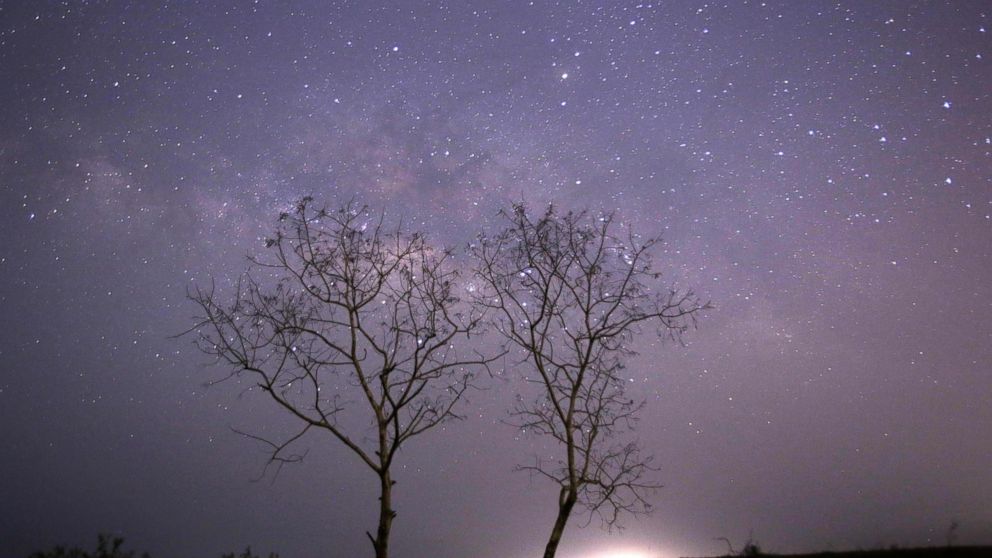NASA Is Asking for your Help Photographing Jupiter
NASA needs amateur astronomers to guide their JunoCam.

— -- If you ever wanted to help produce some of NASA's amazing photographs, this is your chance.
NASA says Earth will receive never-before-seen views of Jupiter when the Juno mission arrives on July 4, 2016 with a camera and it needs amateur astronomers to help guide it.
According to the agency, the spacecraft assigned to the Juno mission is equipped with a color camera named the "JunoCam".
After the Juno arrives at Jupiter, every two weeks the solar-powered spacecraft will make a 2-hour dive about 3,100 miles above the massive planet’s clouds accumulating data and about 12 JunoCam images.
Between flybys, Juno strays too far from the planet for the wide-angle photos to identify features to capture on the next pass.
“So we really are counting on having help from ground-based observers," said Candy Hansen, a member of the Juno science team who leads planning for the camera.
The agency is asking the public to act as a virtual imaging team by submitting photos of our solar system’s largest planet from their own telescopes to the mission’s website.
These telescopic images will be the subject of an online discussion about which of Jupiter's swirls, bands and spots the JunoCam should photograph during its rotating, repeating flybys over the planet.
"We'll also be treated to the first-ever views of Jupiter's north and south poles, which have never been imaged before" says Diane Brown, Juno program executive at NASA Headquarters in Washington, D.C.
The panoramic images taken on the mission will show wide swaths of clouds hovering above Jupiter and the agency says the vast majority of the camera's image targets will be chosen by the public, with the data being processed by them as well.
NASA says the JunoCam is intended as more of a public outreach tool than a tool to answer core scientific questions.
"We want to give people an opportunity to participate with NASA, and public involvement is key to JunoCam's success," said Scott Bolton, Juno principal investigator at the Southwest Research Institute in San Antonio, TX. "This is citizen science at its best."
To get engaged in the Juno mission, NASA encourages you to visit http://www.missionjuno.swri.edu/junocam.




